[caption id="" align="alignnone" width="362" caption="HMS Rawalpindi"]

[/caption]
Today is the day in 1939 that
HMS Rawalpindi was sunk by Nazi German battle cruisers
Scharnhorst and
Gneisenau. The brief battle has gone down in naval history as an incredible display of bravery on the part of the Rawalpindi's crew. After trying to hide themselves from the Germans in the North Atlantic fog south of Iceland, they were ordered to surrender by the
Scharnhorst. In response, the captain of the
Rawalpindi said: never. And he fired a shell at the
Scharnhorst and the
Gneisenau to underline his point. Bear in mind that the
Rawalpindi was a converted passenger liner, kitted out with a gun and some armour plating. The
Scharnhorst had to reply in kind, and sank the
Rawalpindi. The bravery was noted by the German admiralty (sic!). All but 37 of the
Rawalpindi's crew were lost in the sinking. Their sacrifice was not in vain; before battle commenced, the
Rawalpindi had been able to signal the position of the German battlecruisers to back to base on the Clyde, and an armada of British warships was heading north to intercept. More on this story
here.
[Line below edited in response to comment #5]
Of those lost on the
Rawalpindi 8 men were from Lewis, namely:
Seaman COLIN MACKAY, 31 South Bragar, aged 29
Local memorial: West Side, Bragar
Leading Seaman MURDO MACKAY, 53 Back, aged 33
Mac Choinnich Dhomhnuill Alais 'c DhonnachaidhSon of Kenneth and Henrietta MacKay, of Back, Stornoway, Isle of Lewis.
Local memorial: Back
Seaman DONALD SMITH JNR, 52 North Tolsta, aged 19
Domhnall a'BhardSon of Angus and Margaret Smith, of Stornoway, Isle of Lewis.
Local memorial: North Tolsta
Seaman DONALD MACARTHUR, 10 Cromore, aged 20
Dollan Mhurchaidh AlasdairLocal memorial: Pairc, Kershader
Seaman JOHN MACKENZIE, 21 Swordale, aged 26
Son of Mr. and Mrs. Donald MacKenzie, of Stornoway, Isle of Lewis.
Local memorial: Point, Garrabost
Seaman NORMAN MACLEOD, 25 Swordale, aged 31
Son of Donald and Mary Macleod, of Stornoway, Isle of Lewis.
Local memorial: Point, Garrabost
Seaman JOHN MURDO NICOLSON, 39 Lower Bayble (and 3 Marybank, Stornoway), aged 36
Son of John and Christina Nicholson, of Stornoway, Isle of Lewis; husband of Williamina Nicolson, of Stornoway.
Local memorial: Point, Garrabost
Petty Officer WILLIAM MACLEOD, 14 Sheshader (and Marybank, Stornoway)
Local memorial: Point, Garrabost
These names are mentioned on the Plymouth Naval Memorial (panel 35); a picture can be viewed on this
link. They are all cited in the third column.

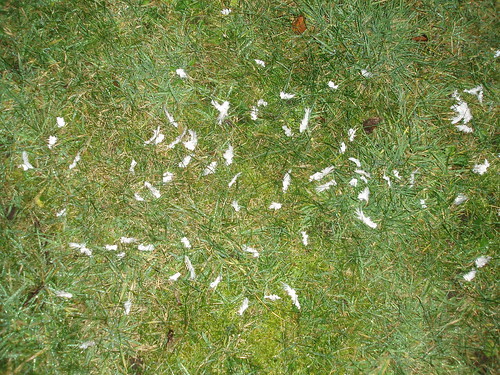
 [/caption]
[/caption]
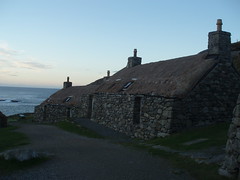 [/caption]
[/caption]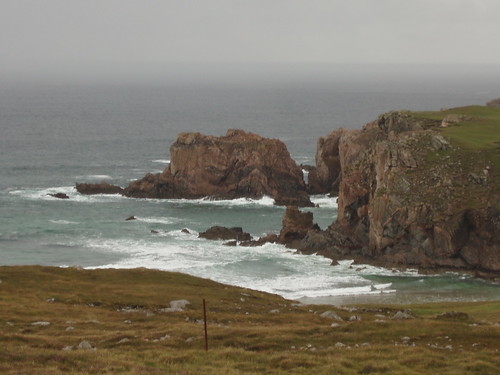 [/caption]
[/caption] [/caption]
[/caption] [/caption]
[/caption]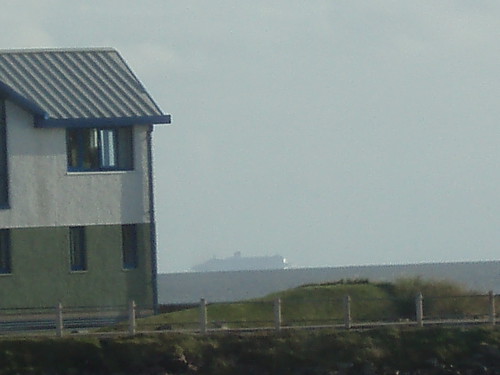 [/caption]
[/caption]
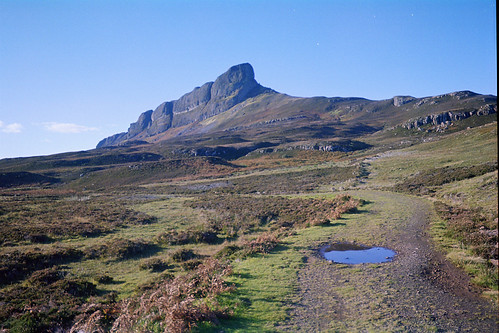




 [/caption]
[/caption]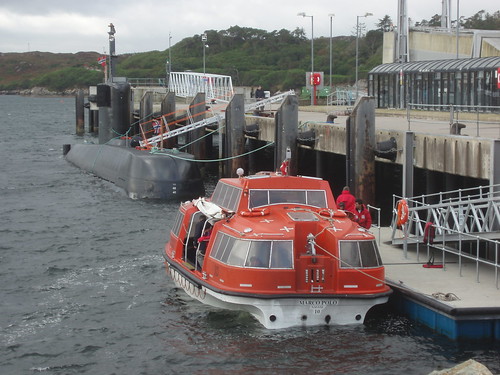 [/caption]
[/caption] [/caption]
[/caption]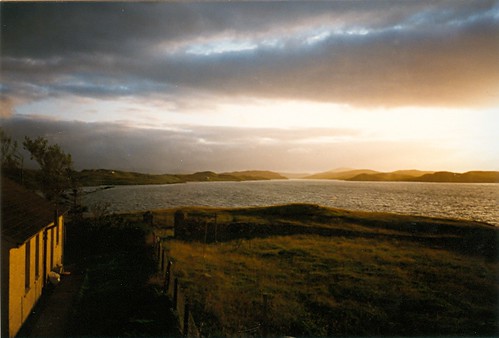 [/caption]
[/caption]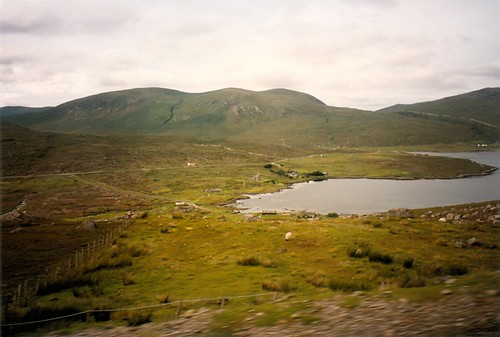 [/caption]
[/caption]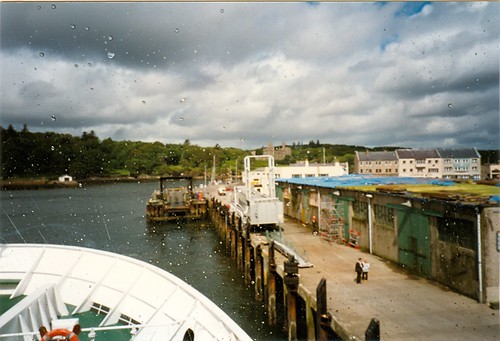 [/caption]
[/caption]
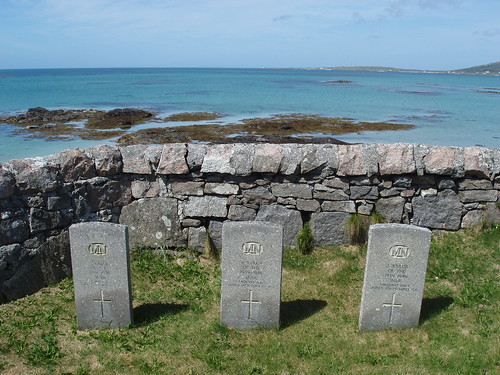 [/caption]
[/caption]

 [/caption]
[/caption] [/caption]
[/caption]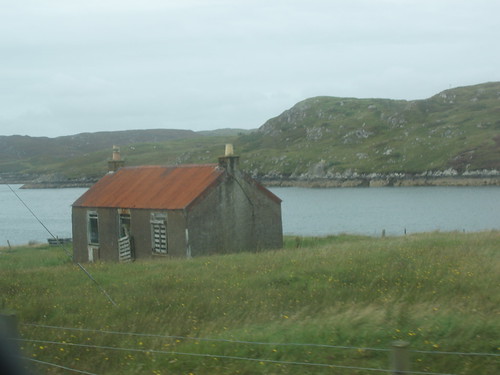 [/caption]
[/caption] [/caption]
[/caption]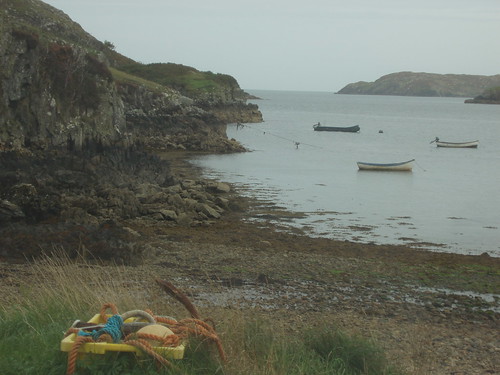 [/caption]
[/caption]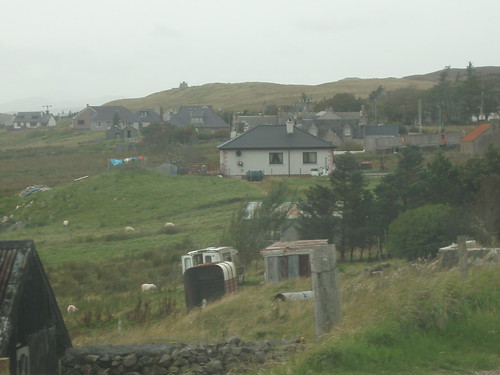 [/caption]
[/caption]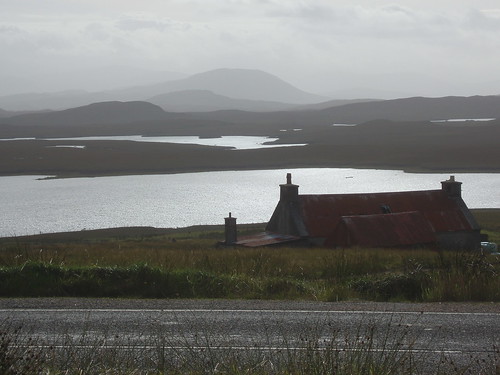 [/caption]
[/caption]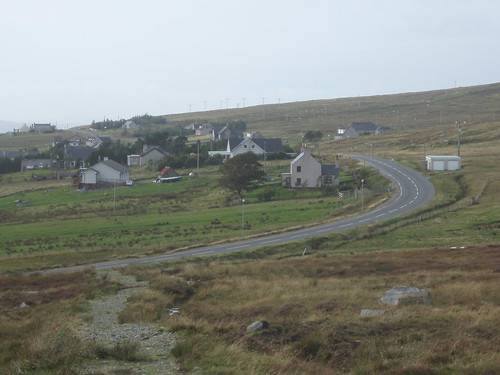 [/caption]
[/caption]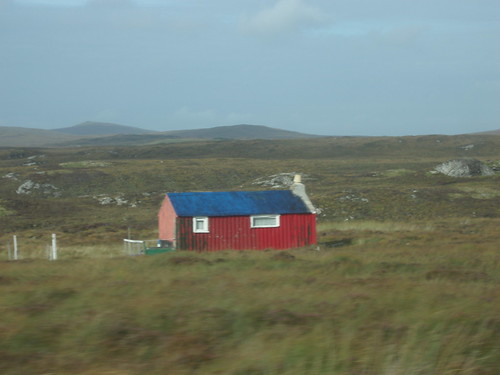 [/caption]
[/caption]
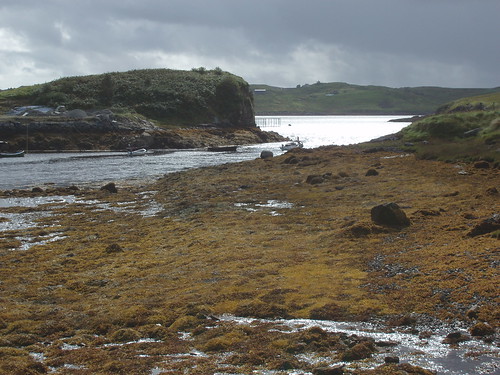 [/caption]
[/caption]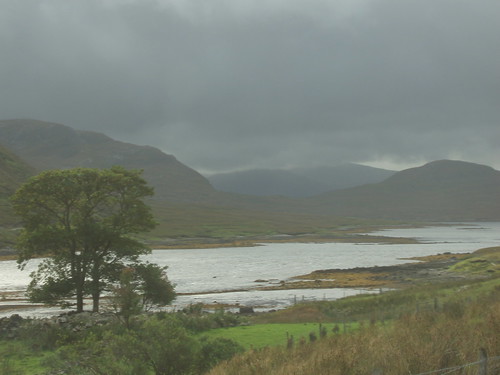 [/caption]
[/caption]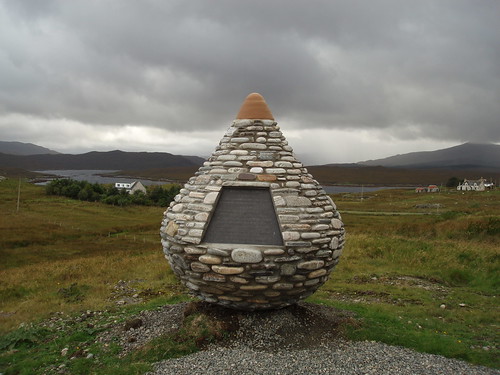 [/caption]
[/caption]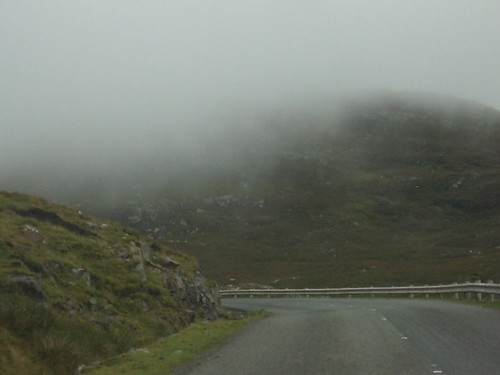 [/caption]
[/caption]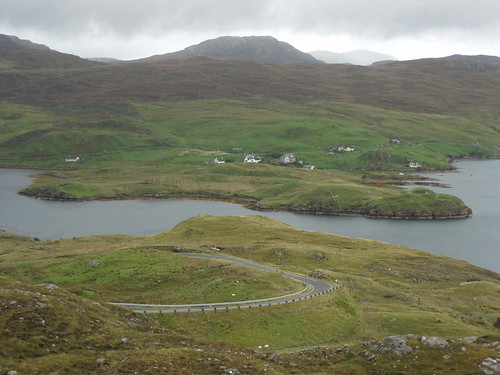 [/caption]
[/caption]

 [/caption]
[/caption]
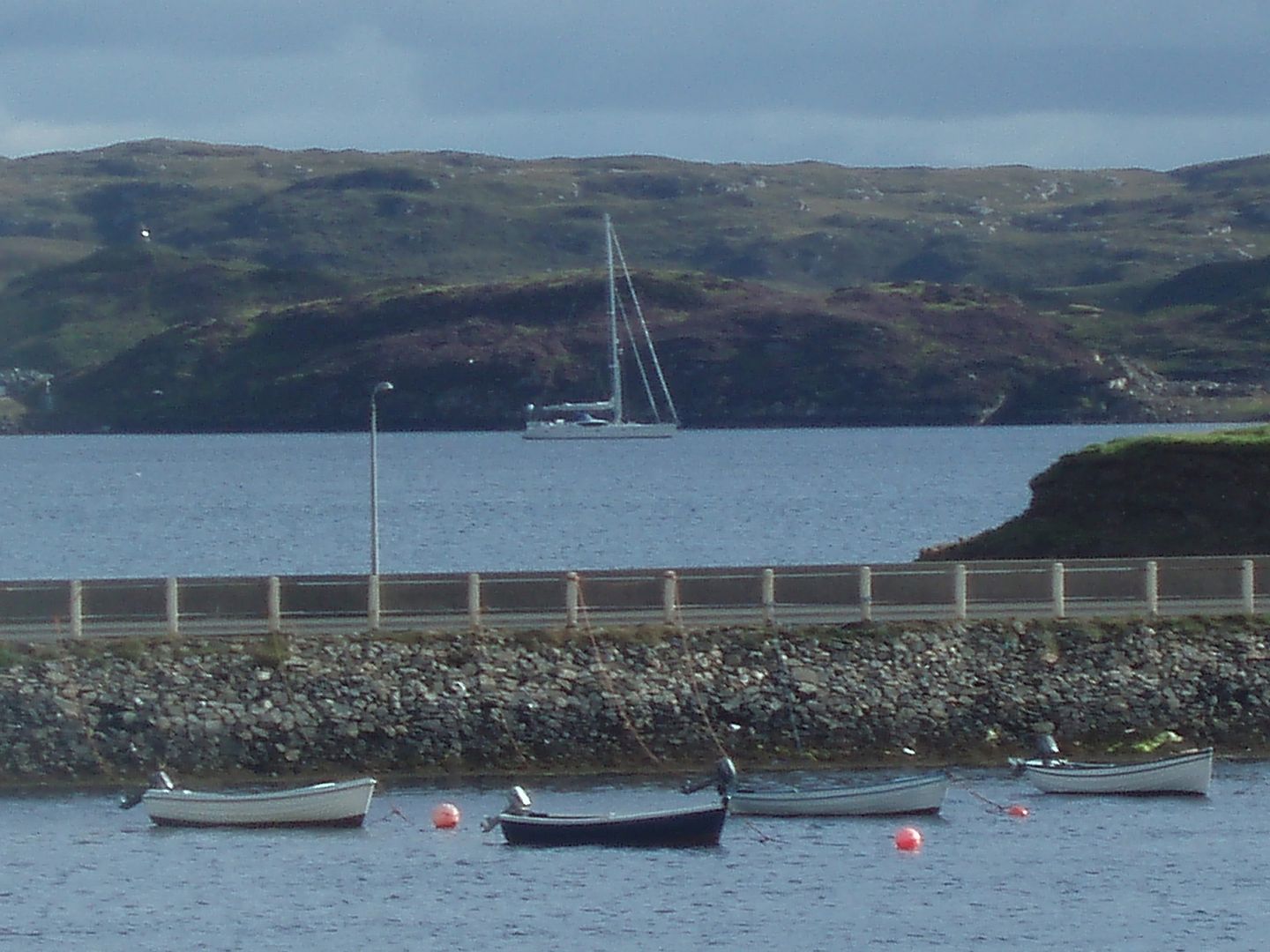

 [/caption]
[/caption]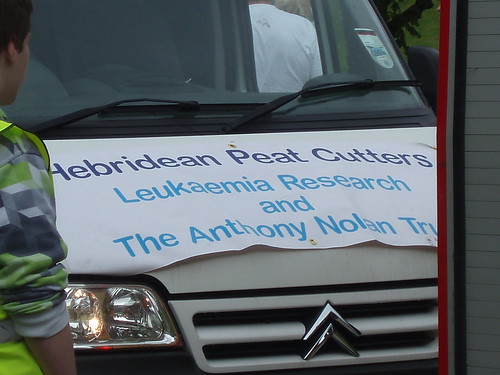 [/caption]
[/caption]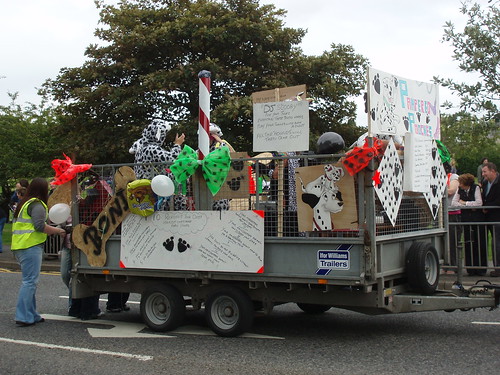 [/caption]
[/caption] [/caption]
[/caption]